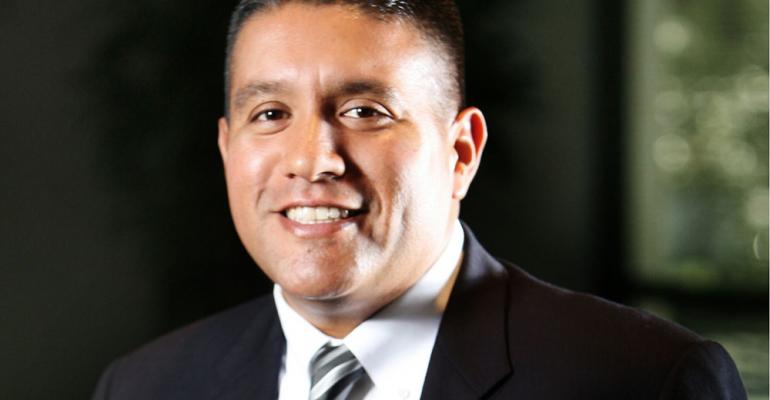NEW YORK – Used-car prices will take a hit if automakers crank up new-car incentives, remarketing experts say.
New- and used-car markets typically play off each other. But the cause-and-effect dynamics are expected to intensify if, as predicted, automakers increase consumer incentives this summer in a bid to increase sales and market share.
“That relationship between new and used is timely because of where incentives are going,” says Jonathan Banks, executive automotive analyst for the National Automobile Dealers Assn. “They will impact the used-car market.”
He is a panelist during a discussion on value trends and insights at the Automotive Resource Network conference here.
New-car volume gains are pressuring used-car prices that have remained strong for several years, says Juan Flores, operations director for AutoTrader.com’s Trade-In Marketplace.
Leasing also provides some of the music for the dance between the new- and used-vehicle markets.
Once considered near death, leasing has undergone a resurrection. It now accounts for about one in four vehicle deliveries. Remarketers are seeing surges in the return of off-lease vehicles.
“We’ve got a crush of off-lease vehicles coming back,” says Steve Nicholson, remarketing manager for Mercedes-Benz USA.
“We had a significant increase in 2013 and a moderate increase in 2014,” he says. “We’re trying to minimize risks. We’re also talking about how we’re going to support the new side with pretty aggressive sales targets we have coming in the next five to seven years.”
He oversees the remarketing of off-lease returns, largely re-selling through Mercedes’ certified pre-owned program.
“There is more than enough (demand) on the CPO end to absorb the increase in off-lease volumes,” Nicholson says. Part of his job is to encourage dealers to run brisk CPO operations.
“Incentives not only are on the front end, which is an easy lever to pull, but they also are on the back end,” Nicholson says. “How well can we incentivize our dealers to absorb these cars and push more CPO vehicles? That’s a huge initiative for us.”
Successful lease programs rely on reasonably accurate forecasting of vehicle residual values two and three years up the road. Circumstances can make such predictions difficult.
“How does an OEM balance an all-time lease high with the expectations that residuals will continue to soften in the next few years, with the biggest adjustment in 2016?” Flores says.
Banks says forward-thinking dealers successfully run their used-car operations using inventory-management software systems that help match local price and demand. Flores agrees, citing more competitive pricing on online inventory listings.
“There are a lot fewer $3,000 and $4,000 whales,” he says, referring to overpriced vehicles dealers hope will earn a high profit but can end up lingering on used-car lots.
Nicholson says Mercedes urges its dealers to use the so-called velocity model of pricing vehicles so they will sell quickly.
“Turn that $30,000 investment more times in a year,” he says. “If before it was six times, turn it 12 times for less gross-per-sale, but more gross overall through volume and more opportunities for service retention and all that revenue.”
Successful dealers have strong inventory-acquisition strategies, Flores says. “Some dealers acquire as much inventory as possible through trade-ins and from private sellers, seeing that as a way to decrease costs.”





